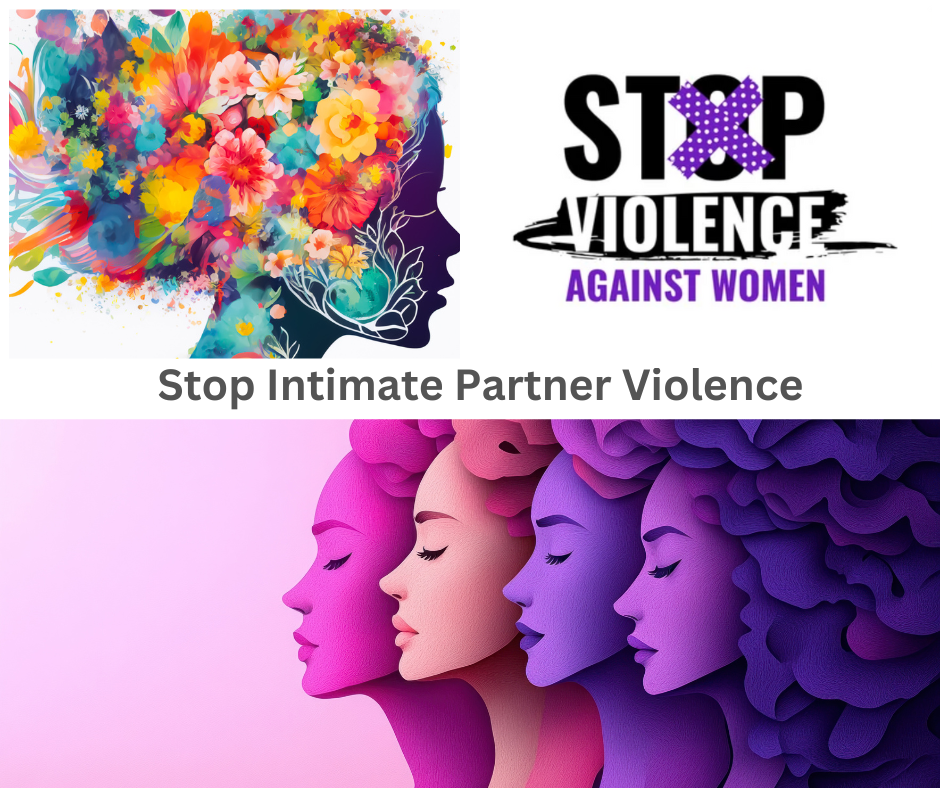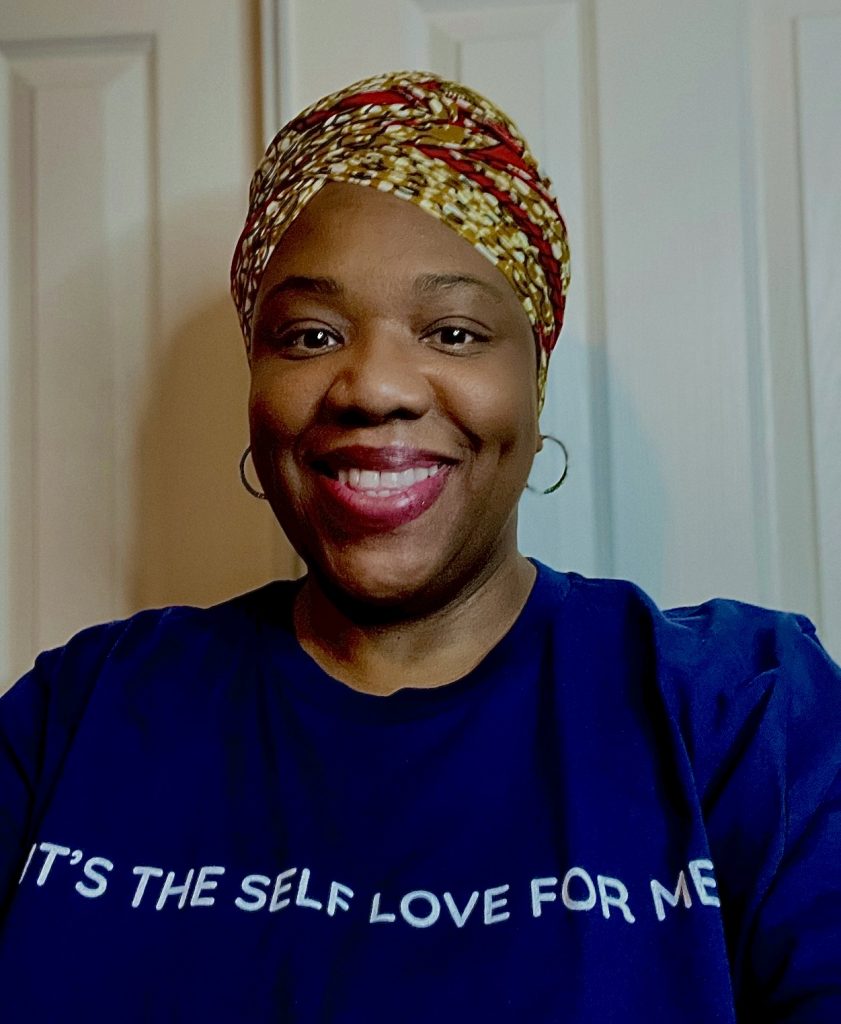Trigger Warning.- In the U.S. every nine seconds a woman suffers some form of intimate partner violence. According to a recent study by Emory University Hospital in Atlanta, GA, intimate partner violence, (IPV) results in over 2 miillion injuries and 1300 deaths annually in the United States alone.
Domestic abuse remains a considerable concern across the United States, with certain states reporting significantly higher rates than others. Recent statistics reveal that states such as Oklahoma, Arkansas, Louisiana, and Nevada consistently rank among those with the highest instances of domestic violence. Various factors contribute to these elevated rates, including economic conditions, which often exacerbate stressors leading to abusive behaviors. For instance, regions with higher rates of poverty may see increased domestic tensions and violence, as financial strain can intensify familial conflicts.
Safe housing options are often the most immediate concern for those escaping abusive situations. Shelters offer temporary housing and resources to help people find long-term homes. Many of these shelters work closely with community organizations to provide comprehensive services, including counseling and support groups, which can aid survivors in rebuilding their lives. Legal assistance is another critical aspect of support for those affected by domestic violence. Survivors can access free or low-cost legal assistance from various organizations for matters like protective orders and custody. Understanding one’s legal rights is vital for ensuring safety and obtaining justice.
Mitekia wears many hats as the resident shelter manager of a facility committed to helping women rebuild their lives after being a victim of IPV. “It’s heartbreaking. Although their experiences differ, the lasting trauma and scars are remarkably alike. Over time, you begin to see similar calming behaviors in the women. To feel safe, the women repeatedly check their locks and windows, thus reinforcing a sense of security. It’s part of the healing process. The first signs of healing include becoming more social, regaining trust, and ensuring the safety of the community.
Leaving an abusive relationship is complex, demanding more than just physical distance; significant emotional and psychological recovery is also needed. Many are prevented from leaving due to a significant fear of reprisal. Victims might fear immediate repercussions from leaving, such as violence or threats to themselves or their family.
Financial dependency further complicates the situation. Abusers may exert control over their partner’s financial resources, making it difficult for the victim to envision a stable life outside the relationship. Without adequate financial means, the prospect of leaving may seem daunting or impossible, leading victims to remain in environments where they continue to suffer.
Stalking behaviors can escalate in severity, often intertwining with other forms of abuse, leading to an intricate web of control and fear. Gaslighting, a psychological tactic used by abusers, involves the manipulation of facts to make victims question their reality. This form of abuse can significantly erode a person’s self-esteem and sense of safety, demonstrating that IPV is deeply multifaceted.
The societal implications of IPV are profound, extending to economic costs as well. Victims may face absenteeism from work, reduced productivity, or even job loss due to the ramifications of their experiences. These economic consequences not only affect the individual but also contribute to broader societal burdens. Understanding intimate partner violence in its entirety, recognizing its various forms, and acknowledging its significant impacts on victims’ lives are vital steps in addressing this pervasive issue effectively.
Lastly, social stigma plays a role in the complexity of leaving an abuser. Victims may feel shame or self-blame, fearing judgment from their peers and communities. This societal pressure can discourage them from seeking help, often prolonging their suffering. Recognizing and addressing these myriad factors is essential for understanding the challenges faced by survivors as they navigate the difficult journey of escaping domestic abuse. The National Domestic Violence Hotline is available 24 hours a day 7 days a week if you or someone you love needs help, please reach out.



